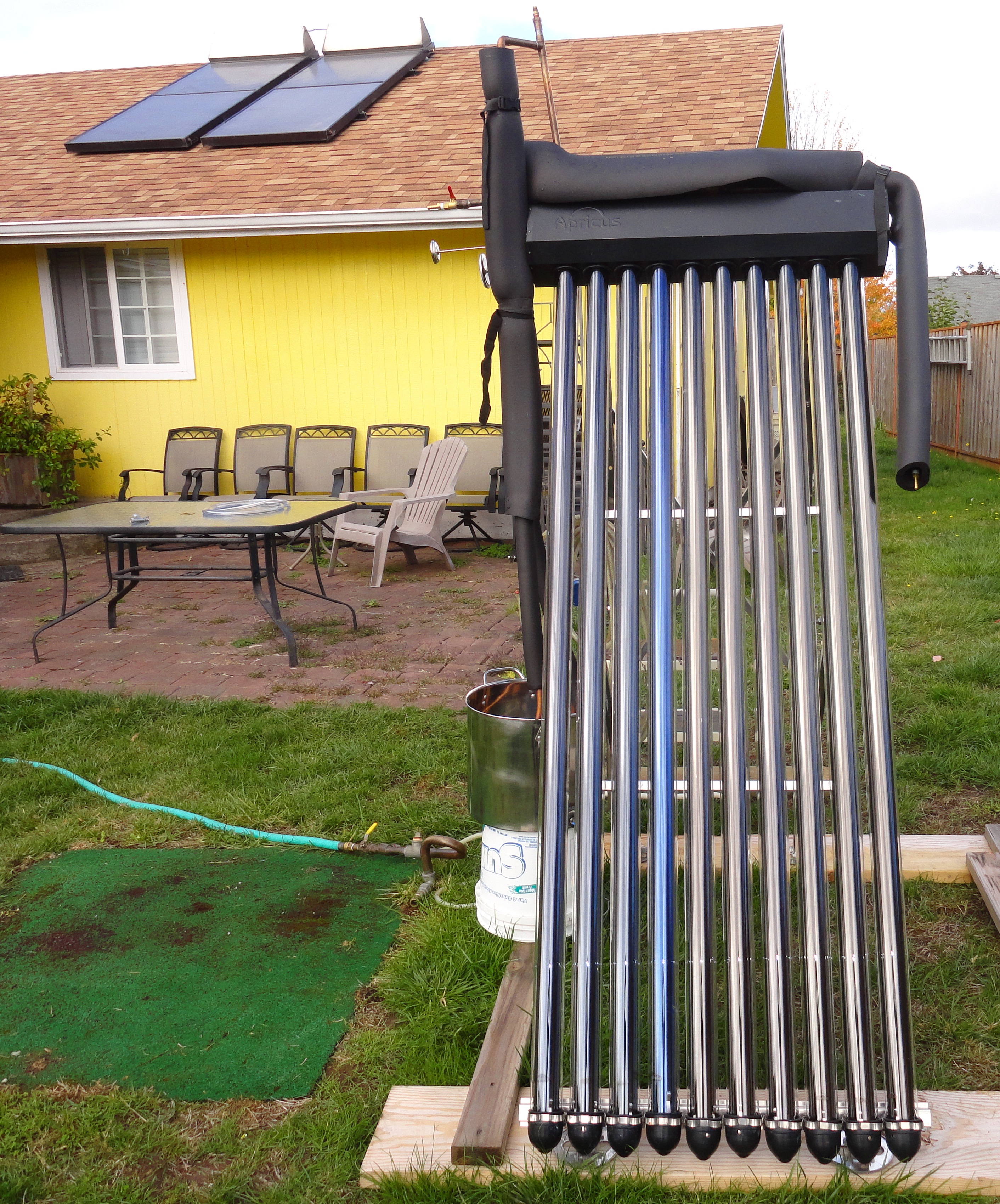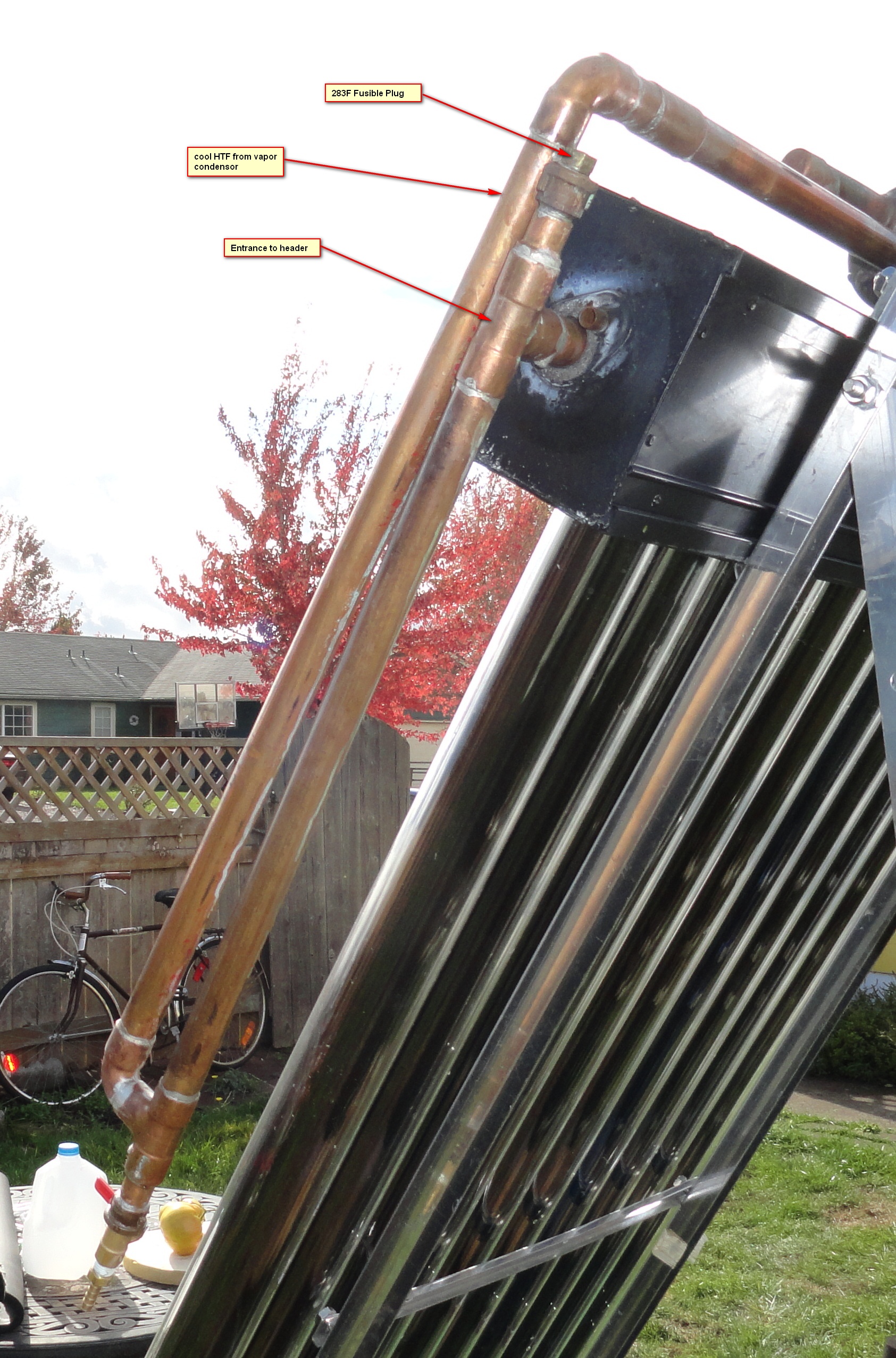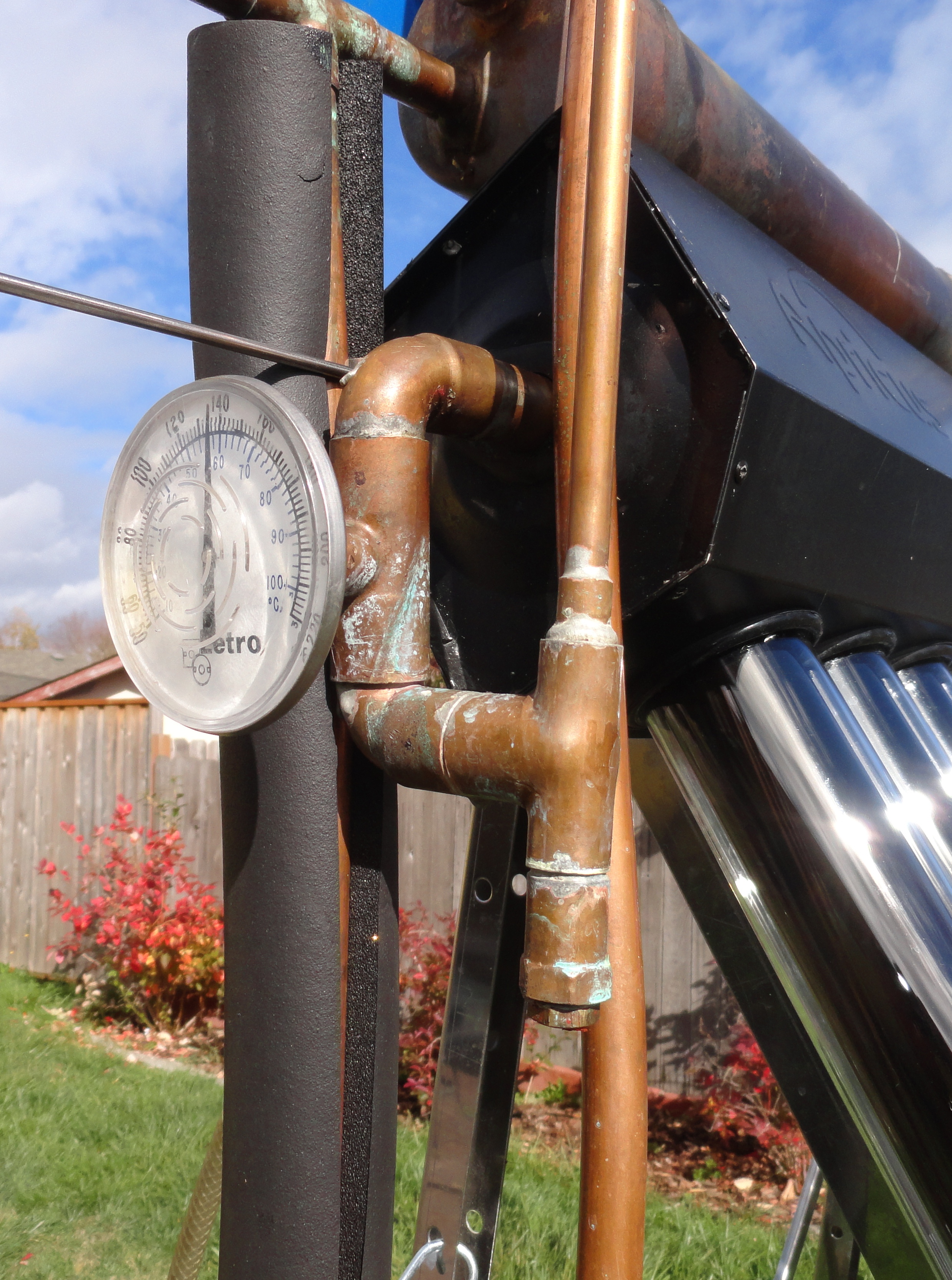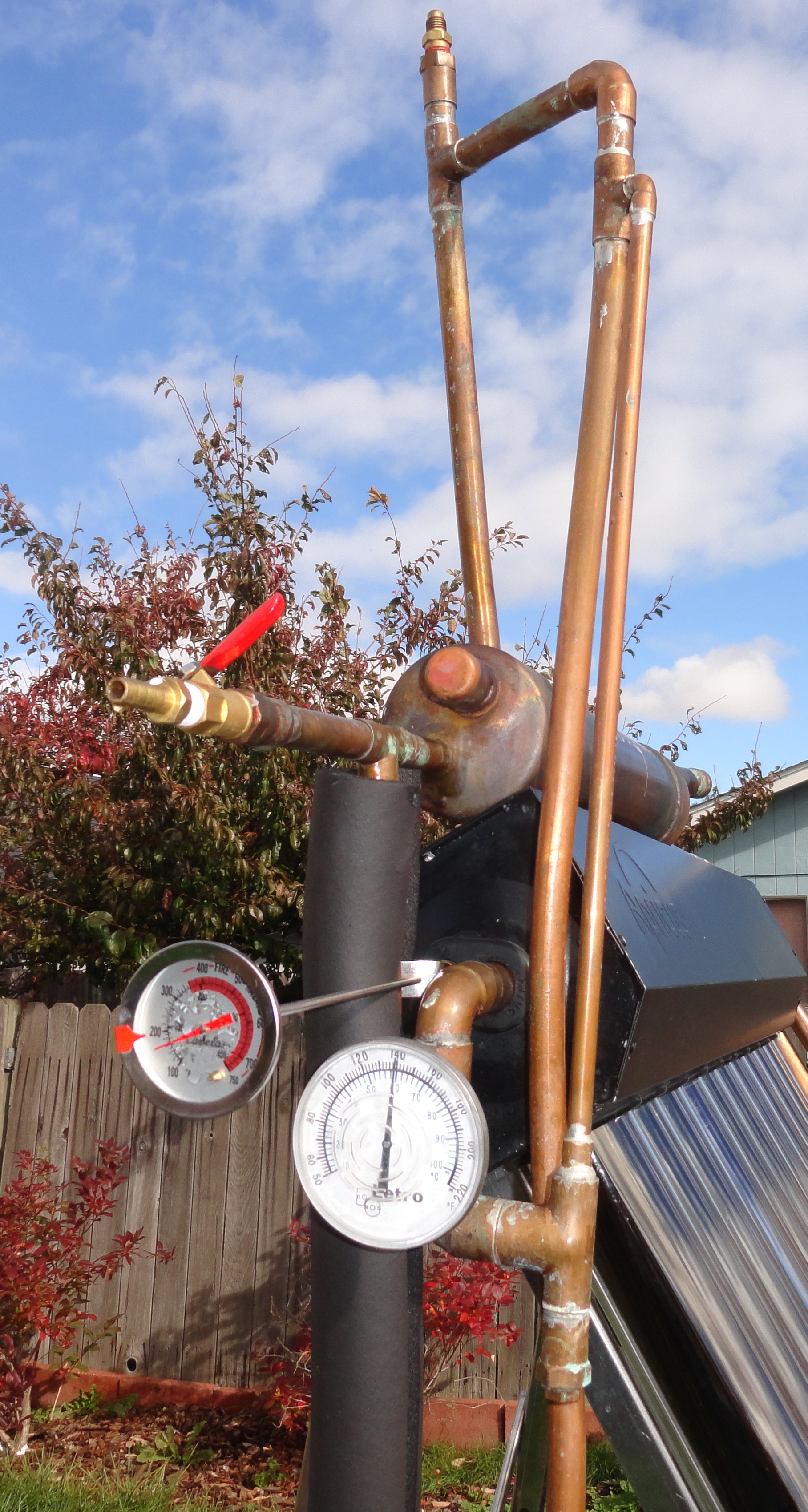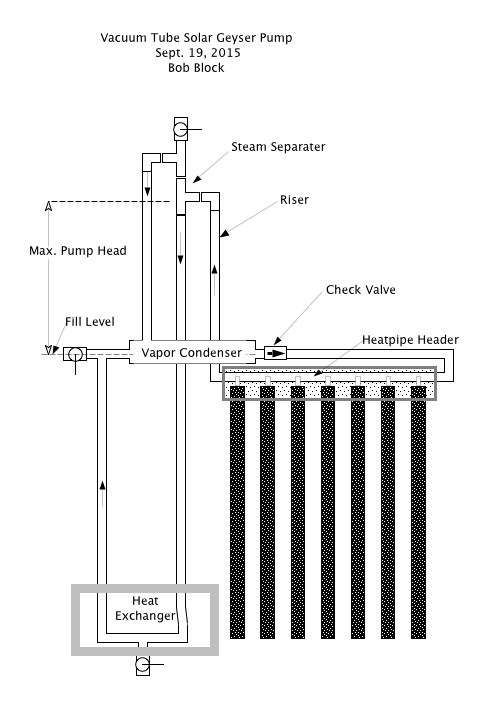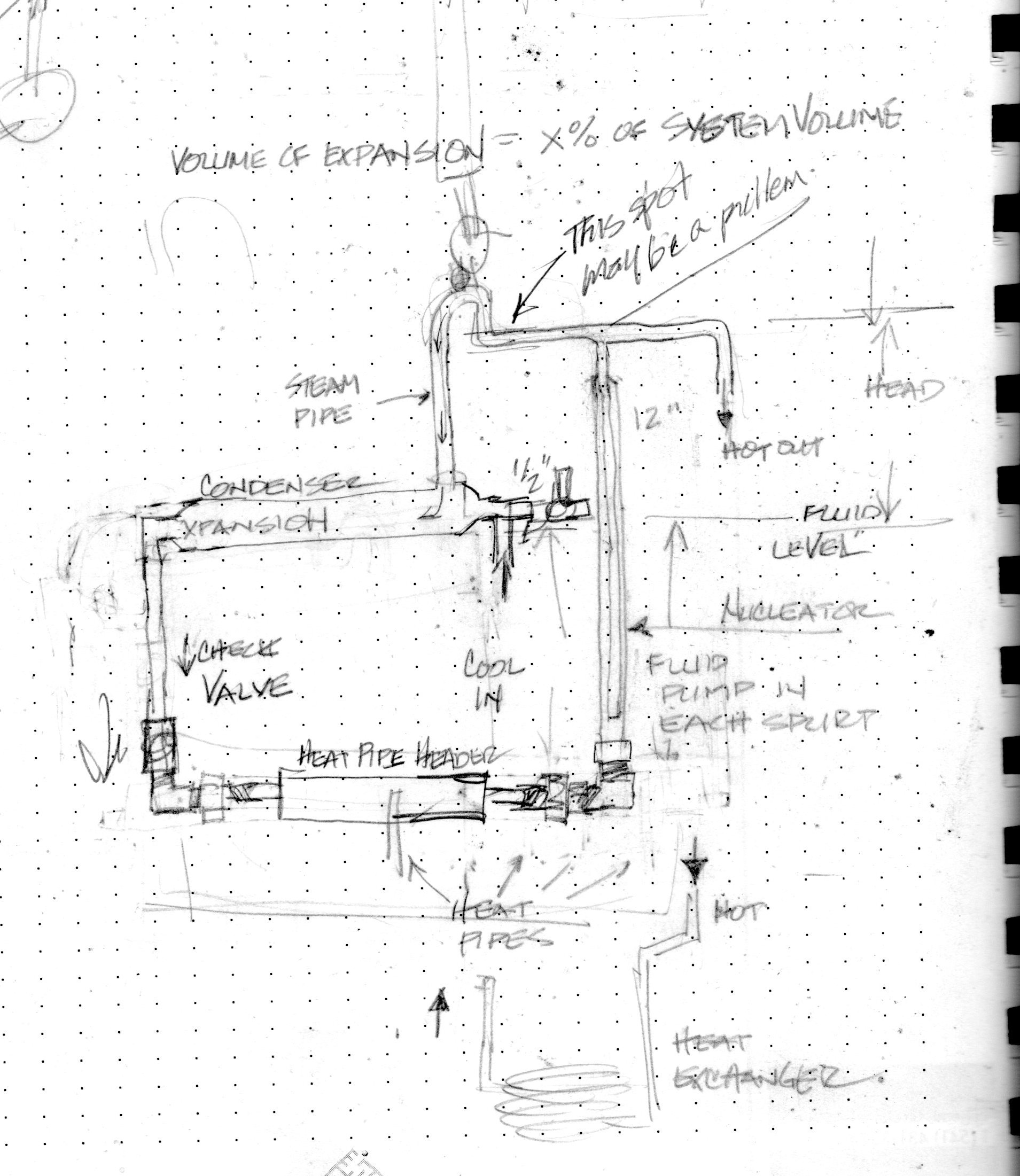Solar domestic water heating is a non-starter. Even though it makes practical sense, it’s not sustainable in a market driven by artificial financial incentives. Systems that should be installed for less than $3,000 are inflated to $10,000 so that participants can maximize incentives. I played in this arena for almost 10 years before I grasped the irony of this vicious cycle.
Instead of pursuing the impossible U.S. SDHW market, I have decided to direct my attention to larger, higher-value systems. I think I have identified one that may optimally exploit the advantages of this system: space heating in northern tier states that have brutally cold ambient temperatures, high cost of electricity, no access to natural gas, and mostly clear daytime skies. My parents live in just such a situation. They burn about 13 cord of wood every winter to heat their home near Grand Marais, Minnesota. They live in an area that will never have access to natural gas, and because coal plants are being retired in Minnesota, the electrical rates are high.
I am designing a solar heating configuration that would use a small evacuated tube/heat pipe collector that is optimized for geyser pumping. In the development of the Copper Cricket we balanced the pumping function with the heat collection/loss function, but in this new system I intend to maximize the pump function in the pumper unit so that it can drive the heat transfer fluid through an array of standard Apricus evac, tube solar collectors. At this point, I envision about 100 tubes being pumped by 6. The tubes will be mounted nearly vertical to capture the maximum winter insolation, while being almost hidden from the summer sun. I may even build a short awning over them to shade them from falling sleet and summer sun. I plan to mount the tubes two feet above the roof so that they will be above most standing snow.
One of the homes is already heated with a hydronic in-floor system, the other has a forced air system with an easy-to-modify plenum that could house a hot water radiator.
I have two applications for this space heating solution within 100 yards of each other. My goal is to design the systems and install them in time for the 2016/2017 winter. Both of these homes are on the shore line of Lake Superior and both have southern exposure.

